An adaptive product to fold and store your sleeping bag
PROJECT TYPE
Academic Project for IPD (Integrated Product Development) Course
TIMEFRAME
Fall 2022 (3 months)
TEAM
Mayank Kinger
Alyssa Downs
Julie Zhang
Holden Pizzalato
Liz Li
OVERVIEW
As part of the IPD course, I was part of a team of 5, with students who had background in industrial design, engineering, and business. Together, we designed and marketed a product in a simulated market environment, similar to running a startup and pitching our product in a kickstarter campaign. I led initiatives on the research and design front and was actively involved with product fabrication and business development strategy.
DESIGN CHALLENGE
Design a tangible product solution that lowers barriers to outdoor participation by persons who have lost functional use of one or more limbs.
Rolipoli

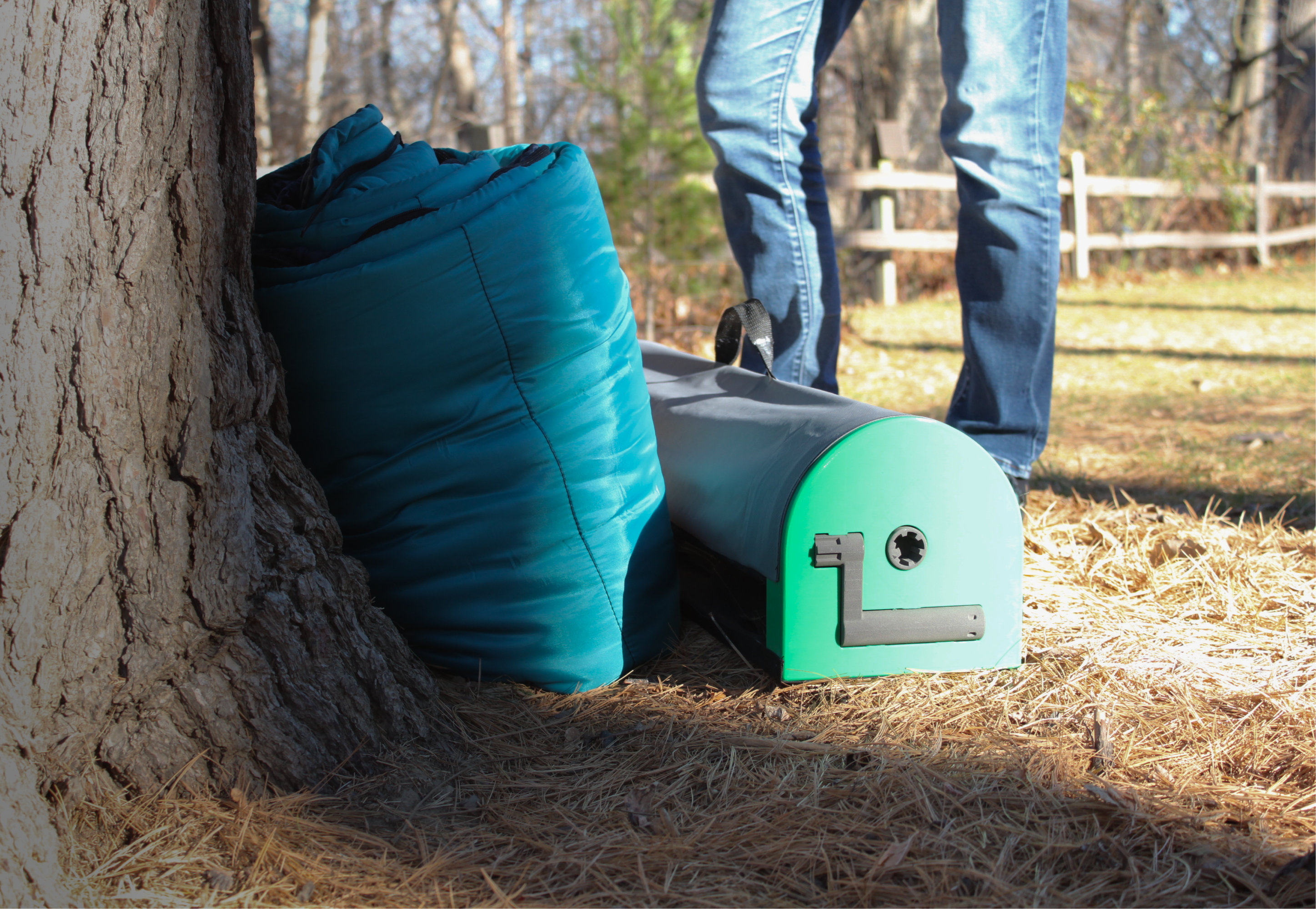
Rolipoli is a sleeping bag storage system to quickly and effortlessly pack your sleeping back with the simple turn of a crank. This system is particularly helpful for individuals with upper limb impairments, paralysis, or fatigue, as it eliminates the need to use an elastic strap or stuff the sleeping bag into a drawstring bag.
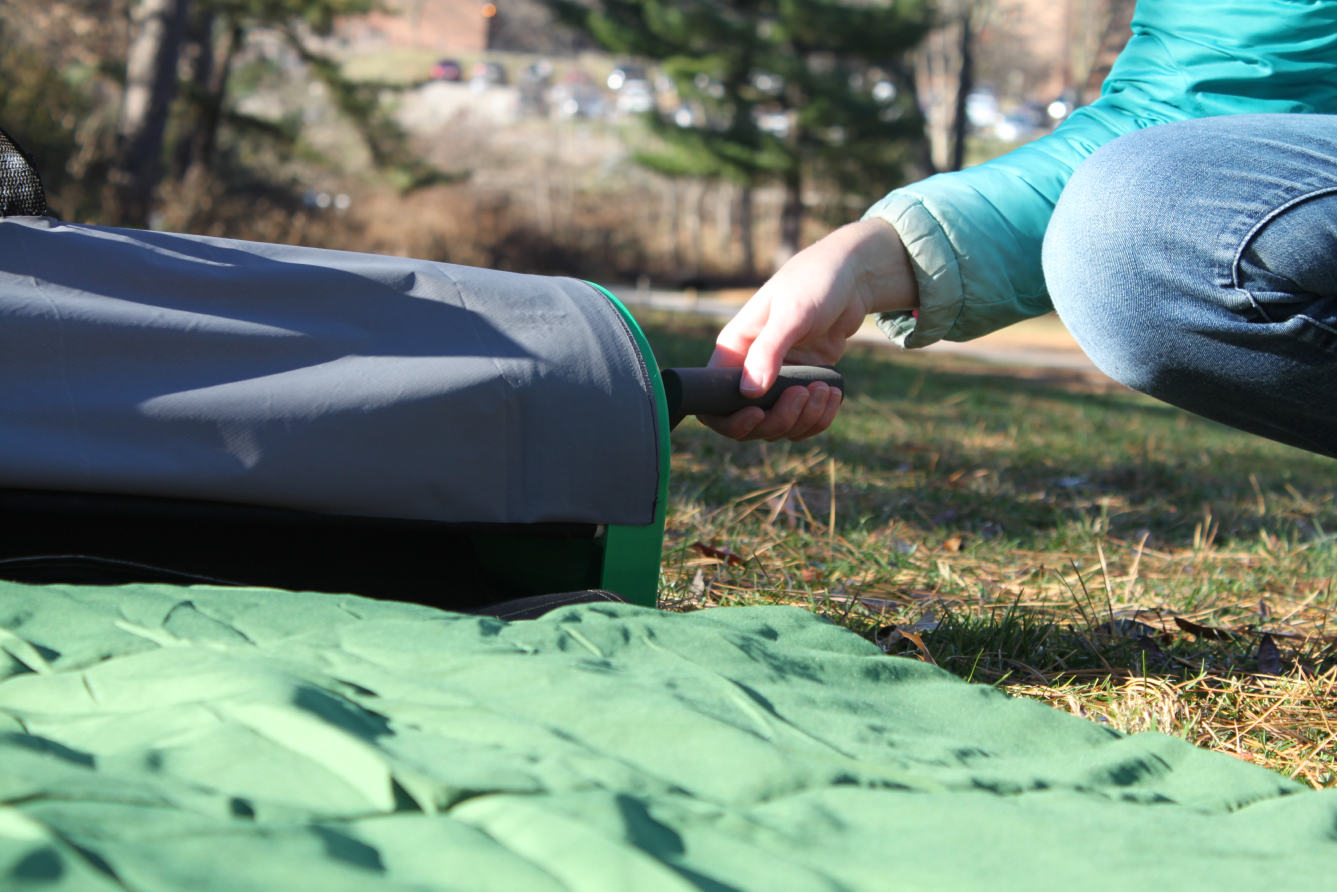
Accessible for people with upper limb loss, weakness, and fatigue

Durable and water-resistant material

Lightweight and easy to carry

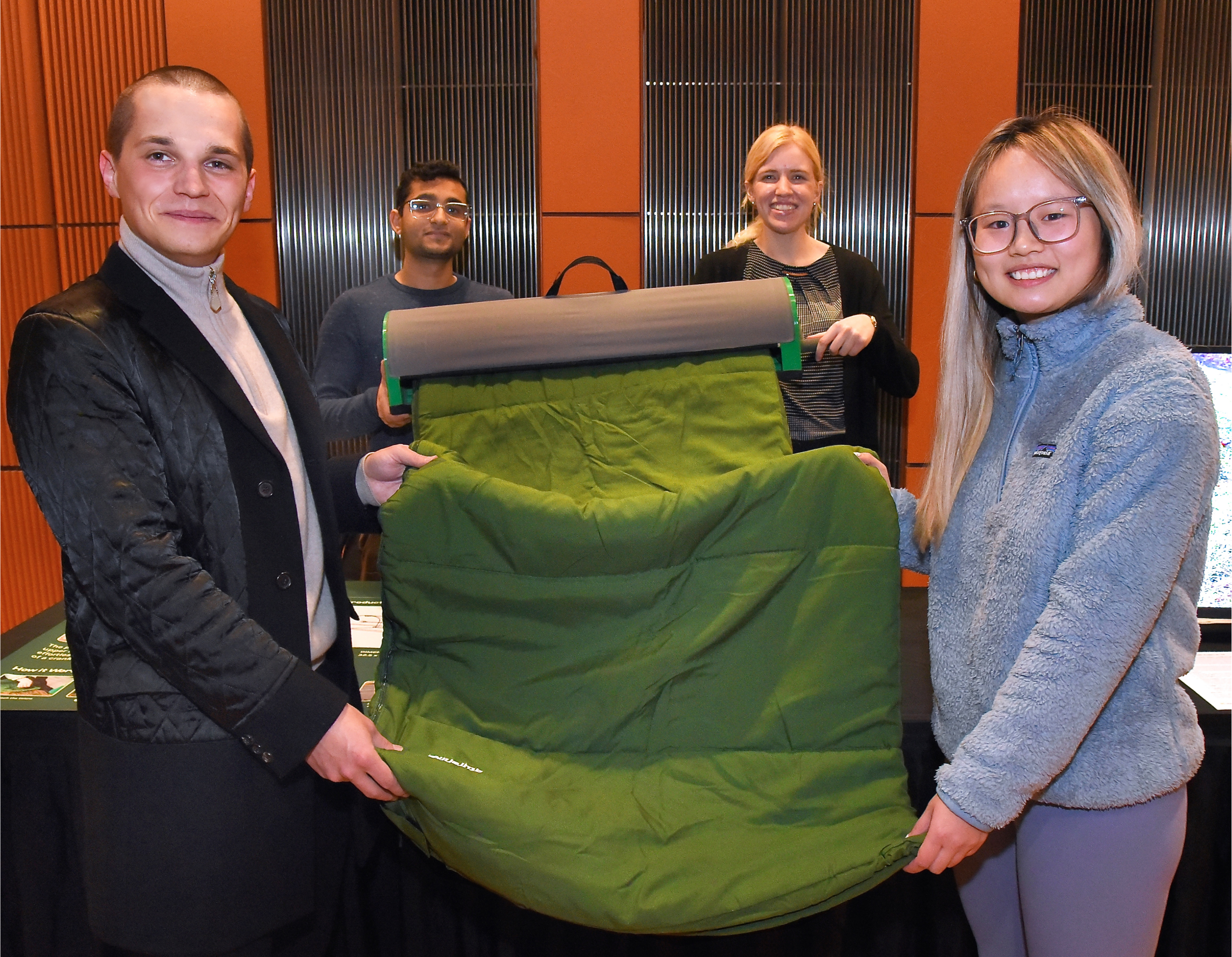
Behind the Scenes.
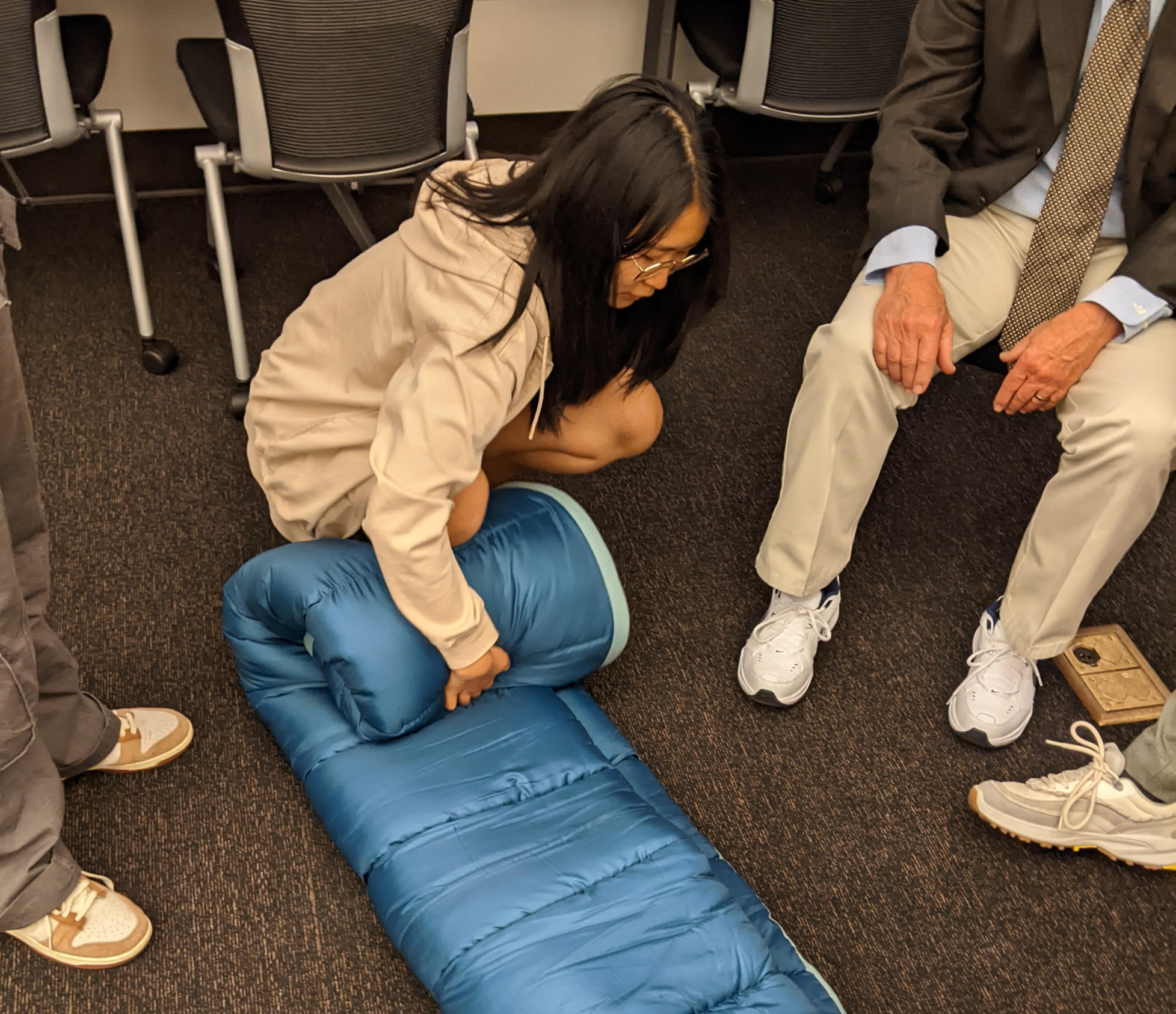
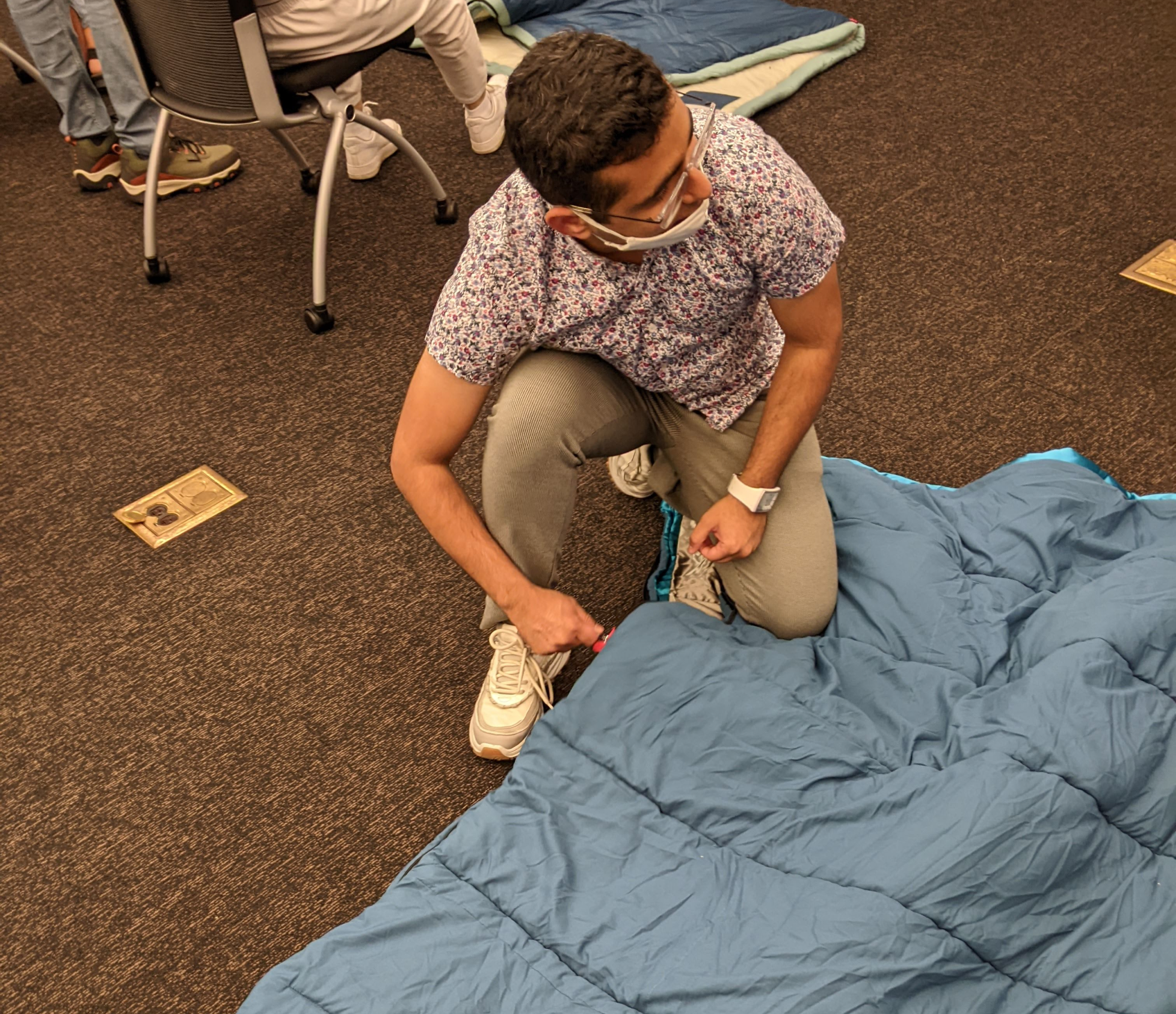

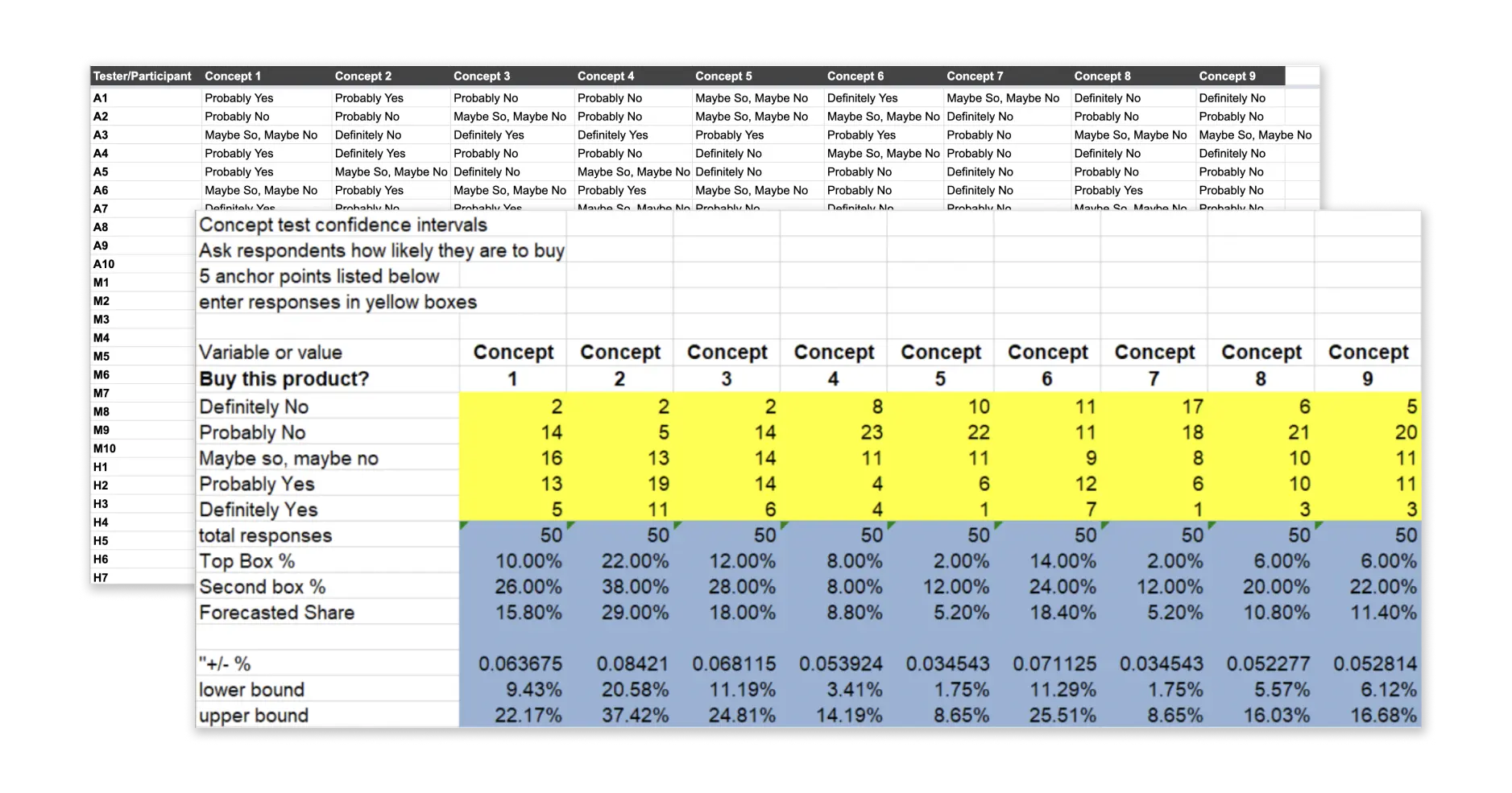


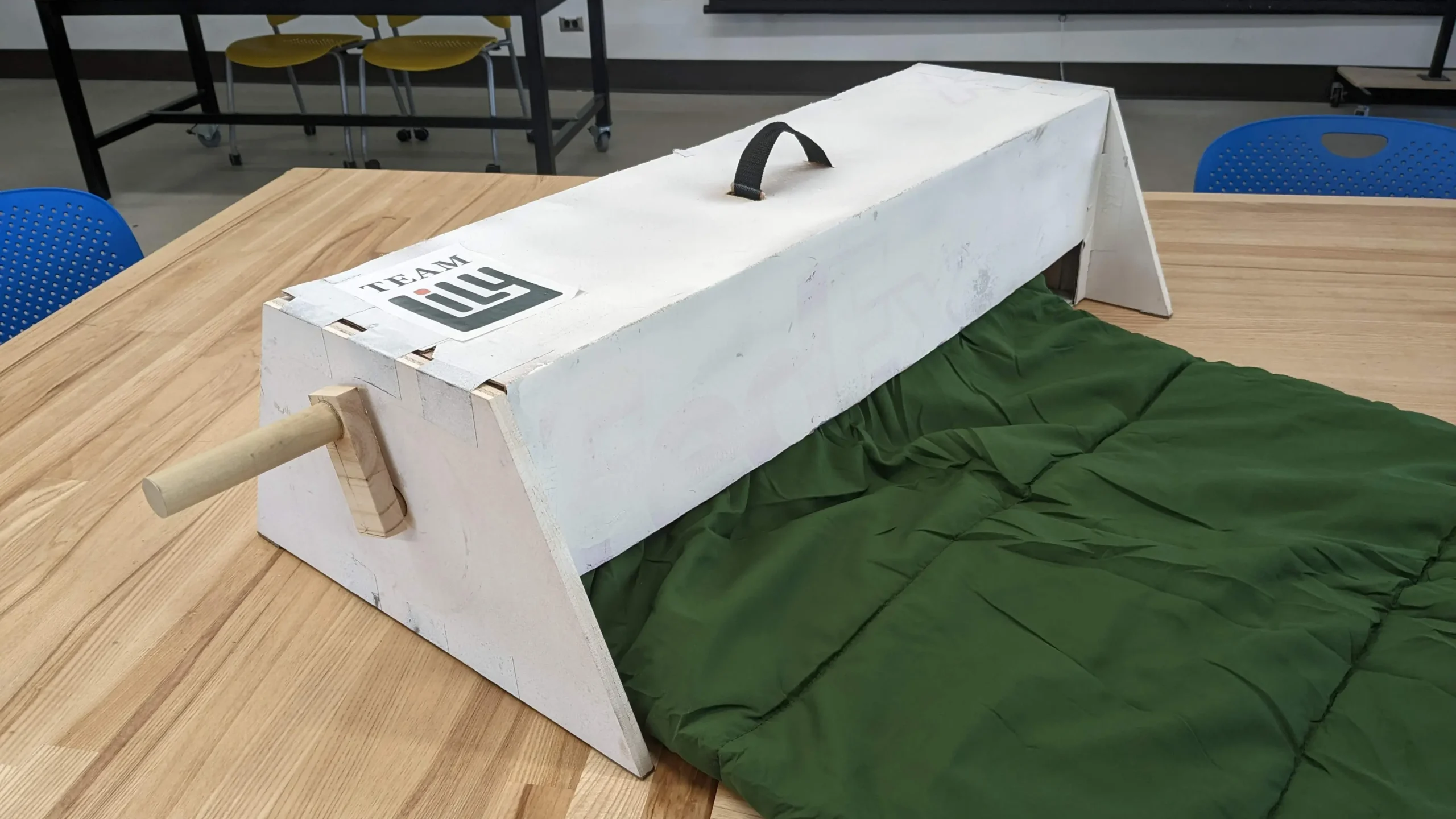
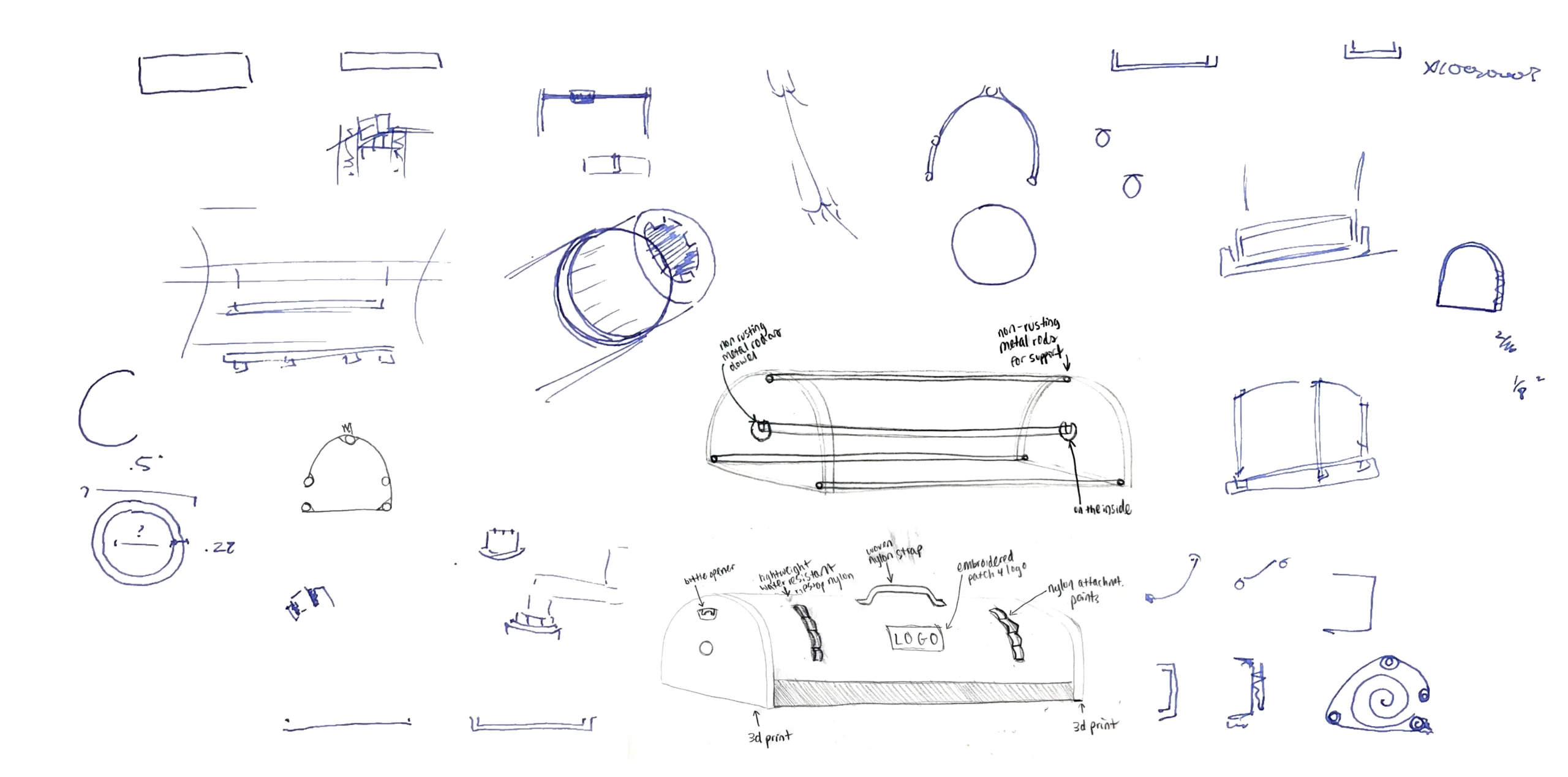

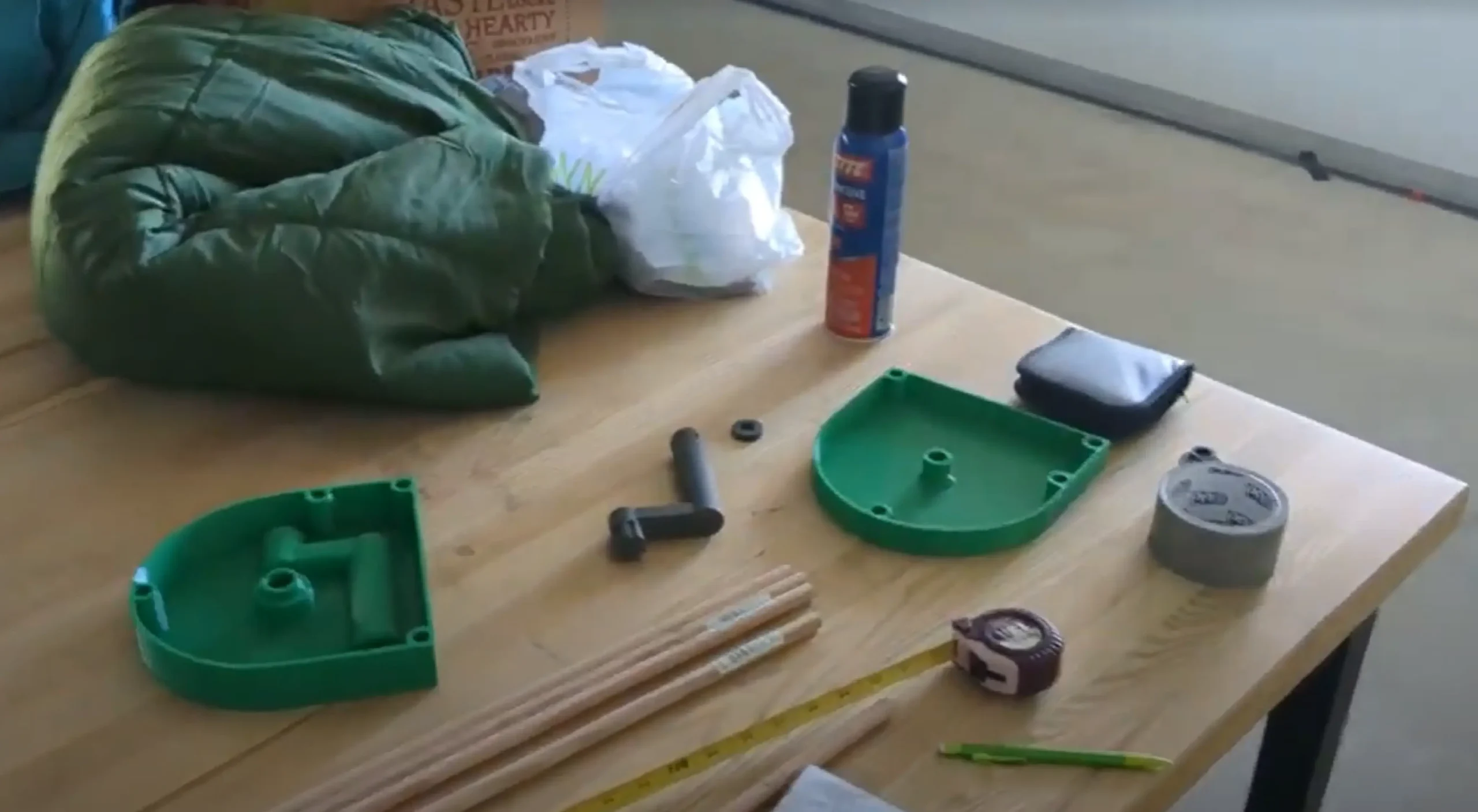
Check out my other projects

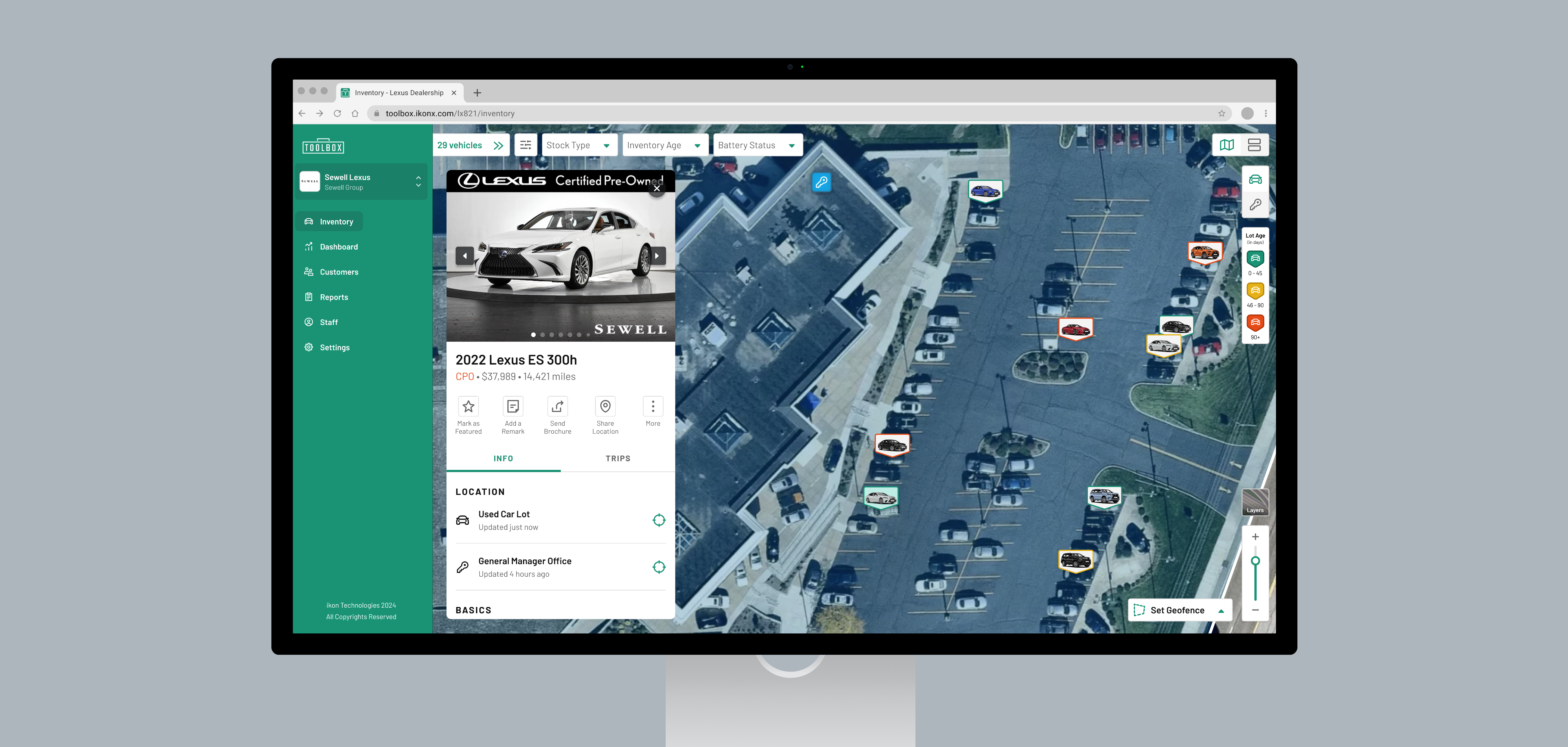


Let's push the boundaries of what's possible — kingermayank@gmail.com
EXPLORE
SOCIALS